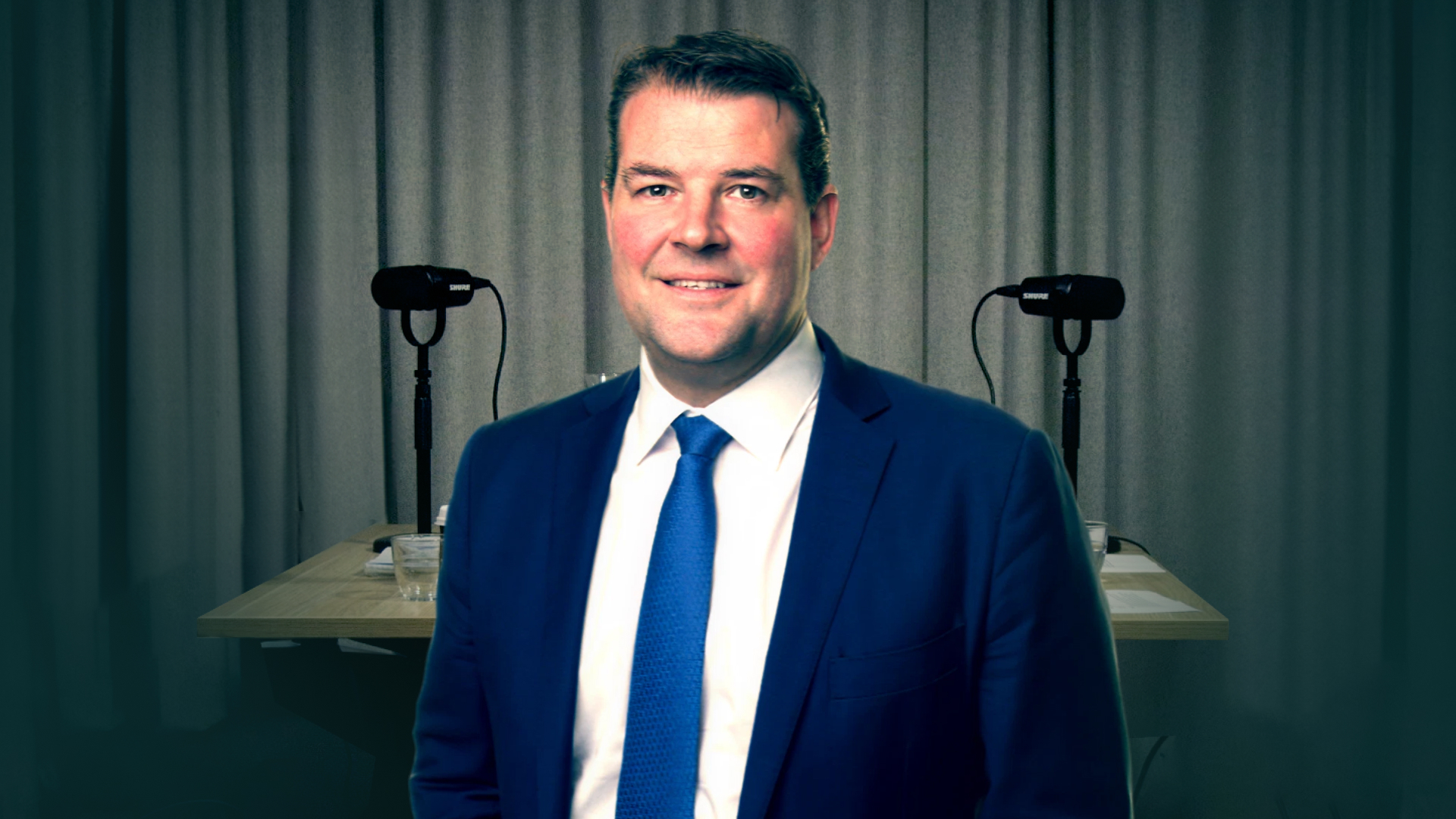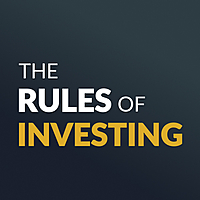The world is complex. Beyond the headlines is where the real opportunities lie

No matter how long you’ve been in markets, we’re all guilty, at one point or another, of operating at a headline level. When markets are moving violently - like they are now - and we’re all trying to keep up, operating at a summary level can become even more pronounced.
But looking beyond the headlines, challenging what you think you know, and diving deeper into complex issues will almost certainly yield a better result.
For example, one of the dominant narratives right now is that Trump’s tariffs will lead to higher inflation. Logically, it makes sense. But the reality could look quite different according to Charlie Jamieson, Co-Founder of Jamieson Coote Bonds.
“Everybody just jumps to ‘tariffs mean higher prices, that means inflation'. Well, it's not quite that simple.
It definitely means higher prices, but that does potentially mean demand destruction in some things. It really matters how elastic the thing that is being tariffed actually is", says Jamieson.
He goes on to provide the example of a 100% tariff on a luxury handbag: “You probably won’t sell too many.” Conversely, a tariff on the one little part you need for a broken-down heating or air conditioning unit: " You're probably going to pay it because you really, really need it - it’s very inelastic.”
Jamieson also points out that inflation is “a continual and sustained increase in pricing”.
“If prices go up 10% that's terrible, obviously demand will be affected, but if they don't change thereafter, it's not inflationary.
It just means that 'yes', of course it is in the very first reading of, but it's not a continued and sustained price increase”.
The final piece to this puzzle is what happened last time.
“As we saw in Trump 1.0, despite his tariffs at that time, inflation continually fell through that period”, notes Jamieson.
“Trump's thinking is that if he can bring that budgetary deficit down considerably, it will also help take out excess demand, it'll bring more efficiency to government and in doing so, he will lower inflation”.
This is just one of the many narratives that Jamieson unpacks in the following Rules of Investing podcast, which covers a lot of ground about the global economy, central bank policy, interest rates, inflation, and why investors have a great opportunity right now to rethink and reposition their portfolios.
Below the podcast link is a summary of some of the highlights of the conversation but it is just a summary. You would be much better served listening to the podcast.
US fiscal policy and market impact
Jamieson highlights the significant shift in US fiscal policy under the Trump administration, particularly efforts to reduce the deficit and manage inflation through tariffs and spending cuts. He explains that Trump’s Treasury Secretary, Scott Bessant, is pursuing a “3-3-3” strategy:
- Reducing the U.S. deficit by 2-3% of GDP (over US$1 trillion in spending cuts)
- Increasing domestic oil production by 3 million barrels per day
- Targeting 3% GDP growth
This approach could create short-term economic pain but is intended to improve long-term stability.
"They absolutely believe they're doing the right thing… [but] the rate of change… is absolutely staggering," Jamieson notes.
However, he warns that such aggressive deficit cuts without immediate private-sector support could slow growth and impact markets negatively.
US debt sustainability and interest rates
With the growing US debt burden now exceeding 130-140% of GDP, Jamieson warns that the current deficit trajectory is unsustainable. He explains:
"If you do get a bond vigilante moment, which we haven't really seen since the 1980s, where there is concern about the credit quality of that debt issuer, then obviously yields can spike higher, and then servicing that debt at much higher refinancing costs is extremely problematic."
He points out that higher interest rates make debt servicing more expensive, citing the state of Victoria’s borrowing costs jumping from 2% to 5.5-6% as an example. This makes lowering rates a priority for the US government:
"Part of the reason they want to get rates lower is to make it more sustainable over time. It certainly helps the government sector as well that must roll all of this debt forward."
Investment outlook: Growth concerns
Jamieson foresees lower US GDP growth due to the withdrawal of fiscal stimulus:
"I expect that it will be lower, because we're taking that fiscal spending out of the economy and the private sector won't dive into that quickly."
He emphasises that inflation is gradually declining, allowing for rate cuts. Markets are expecting two to three Federal Reserve cuts in 2025, but he cautions that this is not a certainty:
"Don't think of that as 100% guaranteed...It's always a probability-weighted".
In Australia, he predicts the RBA will cut rates multiple times in 2025, as unemployment rises and inflation moderates. He describes the expected cuts as “non-stimulatory”, meaning they are aimed at preventing economic stagnation, rather than boosting growth.
Ultimately, he advises investors to brace for continued market volatility, making fixed income investments attractive due to their certainty of cash flows in uncertain times.
The role of defensive allocations in fixed income
Jamieson emphasises the importance of true defensive assets, particularly government bonds, in investment portfolios.
"Something that's truly defensive needs to be liquid," he says, highlighting that in times of crisis, investors need assets that don’t freeze up like some private credit products might.
He acknowledges the rough period for government bonds post-COVID but points out that, with yields now restored, they remain a key counterweight in diversified portfolios.
"If you’re an investor, it's a bit of a different thought process. You’re really focused on the income."

4 topics
1 contributor mentioned

